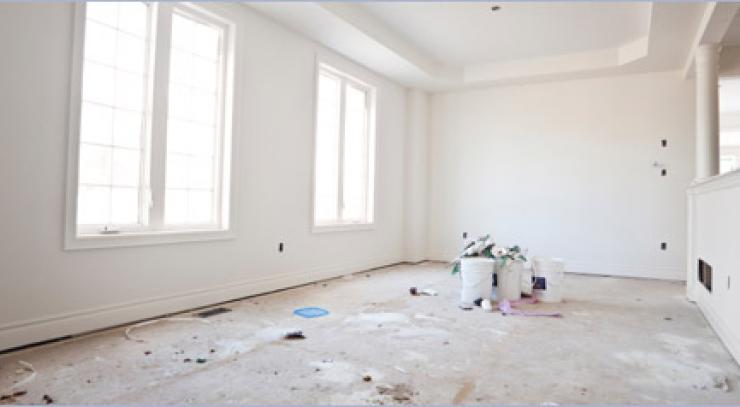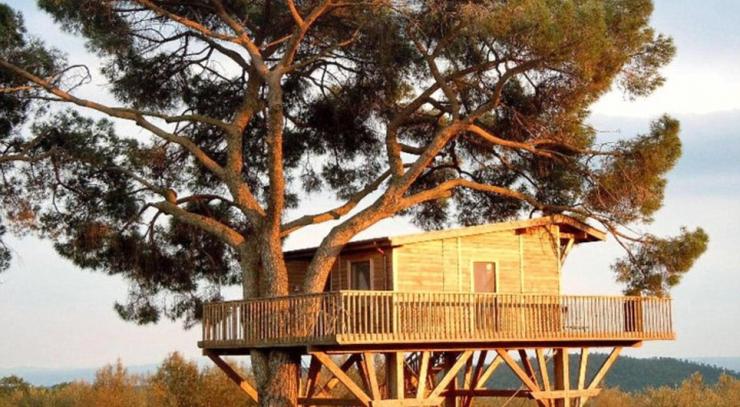After a hail storm, it's important to take a good look at your roof and repair any damage as soon as possible. Here's what you need to know about roof hail damage and how to fix it.
What causes hail?
Hail is a type of precipitation that forms as part of a thunderstorm when strong updrafts carry supercooled water droplets upward into the freezing layer of air above. The droplets freeze on contact with condensation nuclei such as dust or dirt particles, forming hailstones. The accumulation or melting of large hailstones could cause serious damage to homes and buildings, especially if the roofs are made of lightweight materials such as shingles or metal panels.
What are the precautions homeowners should take to prevent damage due to hailstorm?
A hail storm causes significant damage to a home's roof in a very short time. However, there are steps for homeowners to protect their property from the effects of hail, including:
- Having storm shutters installed on windows before the storm hits. Storm shutters offer protection from high winds and flying debris such as hail; they should be installed by professionals who know what is required for each type of window in a home.
- Having gutters cleaned out regularly so that rainwater flows away from the house instead of pooling around it. This will help prevent leaks caused by water seeping into the walls, which can lead to mold growth on your roof as well as other problems with your home's foundation.
- Damage around vents: The vent pipes on your roof often extend through your attic space from the outside wall of your house to the ridge line of your roof. If these pipes were damaged by hail, you'll see cracks around them on top of your roof as well as in the attic space below.
- Keep shrubs and plants trimmed back from your home's exterior. Large bushes or trees can be damaged by falling hail, which could then fall onto the roof or into windows
- Have professionals clean out any dirt buildup on your roof so it doesn't become heavy enough to cause structural damage during a storm.
How do I know if my roof has been damaged by hail?
Hail causes damage in two ways: direct impact and shockwaves.
Direct impact occurs when a hailstone hits the roof with enough force to break through roof tiles or tear through the underlayment, causing leaks.
Shockwaves occur when hailstones bounce off of other surfaces before hitting the roof, causing cracks in roof tiles or breaking them apart from the underlayment. Both types of damage can cause leaks that lead to mould growth and other issues that negatively impact your life as a homeowner.
Here's how to assess the situation and what to do next.
- Look for dents and holes.
Hailstones can be as small as a pea or as large as a golf ball. Look for any dents or holes in your roof. If you find them, get up on the roof and inspect it closely for damage.
- Use binoculars to inspect your roof from ground level.
Look for missing roof tiles, broken or cracked tiles, tarring or ice dams overhanging gutters.
- Check out the eaves around the perimeter of your house.
A damaged eave could be an indication that other areas of your roof have also been damaged by hail.
Inspect all penetrations through the roof (such as skylights or vents) for signs of hail damage on the roof. If you find any cracks or dents in these areas, contact a professional immediately to have them repaired before water leaks through them and causes further damage inside your home.
How to repair a hail storm affected roof?
If you have a hail storm damaged roof, you need to repair it as soon as possible. If the damage is severe and you don't get it fixed, you'll end up with leaks that can ruin your home's interior and cause other problems. Here are some tips for repairing a hail storm damaged roof:
- Get an inspection from a professional.
Hail can do a lot of damage to your roof and may not be obvious at first glance. Once you see the damage, get an inspection from a professional who can tell you what needs repair and what can't wait until later (if at all).
- Fix any leaks or obvious damage immediately.
If there are areas where water is getting through the roof, remove those shingles and replace them as soon as possible unless they're completely gone already. If there are areas where roof tiles have come off and need to be replaced, do so immediately before any more damage is done.
- Get quotes from local contractors for repairs that need to be done right away, but also take into consideration how much time it will take them to complete each job so that you know how much money they'll charge overall.
- Finalising the roofing contractor that not just provides the best quotes provides warranty on the works done.
How will a roofing professional help you with your hail storm affected roof?
A roofer can help you to assess the damage on your home’s roof. They can also give suggestions on how to fix it.
Roofers are trained professionals who have extensive knowledge about roofs and their components. They know what areas of the roof are most vulnerable to damage and which types of repairs are needed for each type of damage.
Roofers also know how to properly repair damaged roofs so that they do not get damaged again in the future by storms or other natural events.
If you aren’t sure of how to handle your hailstorm affected roof, contact roof restoration Vermont experts.










